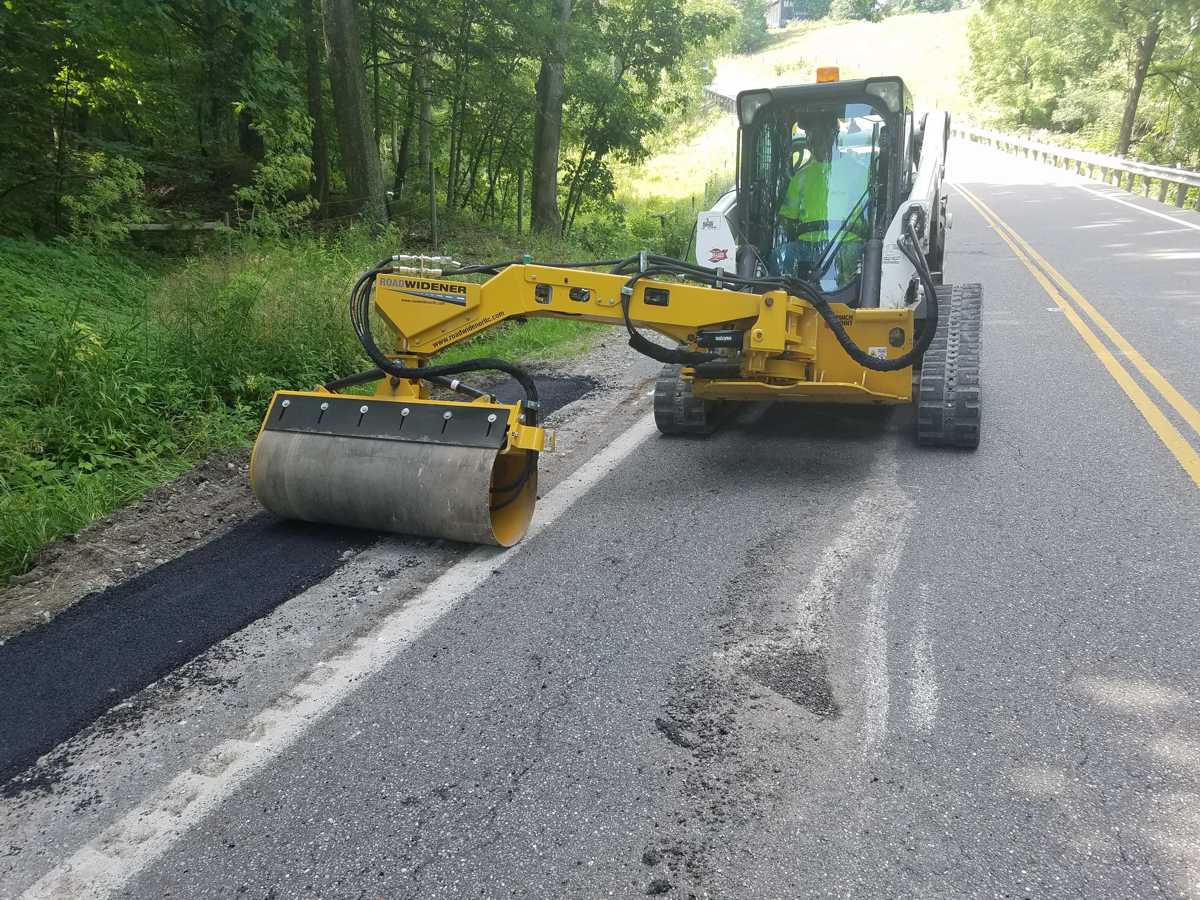US Corps of Engineers prove effectiveness of Tensar TriAx geogrid
The latest research by the US Corps of Engineers has demonstrated aggregate layers stabilised with Tensar TriAx geogrid deliver significant performance benefits to flexible road pavements, reducing surface rutting by up to 44%.
Researchers confirmed that “incorporation of a multi-axial geogrid in a flexible pavement base course provides a significant structural benefit”.
Results have also shown that incorporating TriAx geogrid into a road pavement could cut construction time and costs by up to 19% and reduce carbon emissions by a quarter, compared with a thicker, non-stabilised pavement.
“This is the third phase of research by the USCoE and the most detailed,” said Tensar Senior Product Manager Jonathan Cook. “As with the two previous phases, carried out in 2010 and 2014, full-scale accelerated pavement testing was carried out at the USCoE’s Engineering Research Development Center in Vicksburg, USA, using its Heavy Vehicle Simulator.”
Testing compared the performance of three pavement sections: a control of 100mm of asphalt and 200mm of crushed limestone and two sections of 75mm of asphalt and 150mm of aggregate, one incorporating a single layer of TriAx TX5 and the other a layer of TriAx TX8. The underlying subgrade was a ‘competent’ clay with a CBR of 6%.
TriAx geogrid works with the aggregate to create a mechanically stabilised layer, which increases flexural rigidity of the entire pavement structure. The aggregate particles partially penetrate through the geogrid apertures, which confines and restrains them from moving both vertically and laterally, reducing deformations and increasing traffic load capacity, which can enable a reduction in pavement thickness, extend service life or a combination of the two.
“The pavement sections were subjected to more than 800,000 Equivalent Standard Axle Loads (ESALs), the same trafficking load that would be imposed by 690 million cars passing over them,” Cook said.
Measurements of rut depth were taken at intervals during the trafficking tests, with results showing that the sections incorporating TriAx geogrid performed significantly better than the control section, despite being more than 40% thinner.
“Total surface rutting in the non-stabilised control section was 16mm, while rutting in the TX5 and TX8 stabilised sections was just 8mm and 7mm respectively,” Cook said. “All of the deformation was in the asphalt layer, demonstrating that the geogrids’ stabilisation effect provided additional support and protected the subgrade.”
“Visual inspection of the sections after testing showed aggregate particle strike through and interlock with geogrid, which was undamaged by the testing”, he added.
An interesting outcome of research was that, contrary to measured deformation, Falling Weight Deflectometer (FWD) tests – often used to predict performance – gave the highest stiffness values for the thicker, non-stabilised pavement section.
“This suggests that the use of FWD readings taken immediately after construction cannot be relied upon to predict trafficking capacity of a geogrid stabilised flexible road,” Cook said.
Tensar’s design software, TensarPave -Spectra module, was used to model the performance of the non-stabilised and TriAx TX5-stabilised sections and predictions were very close to the actual results. A very positive validation of the software.
“We have made great efforts over the past 30 years to quantify the performance of our geogrids and have built up an unrivalled body of trafficking data, for a range of pavement sections, with or without geogrid, over different ground conditions,” Cook said.
“This has allowed us to refine the algorithms in our TensarPave design software, which has been independently validated by leading US pavement specialist Applied Research Associates, so pavement engineers can be confident their designs will perform as predicted, whatever the site conditions and project performance criteria.”

















